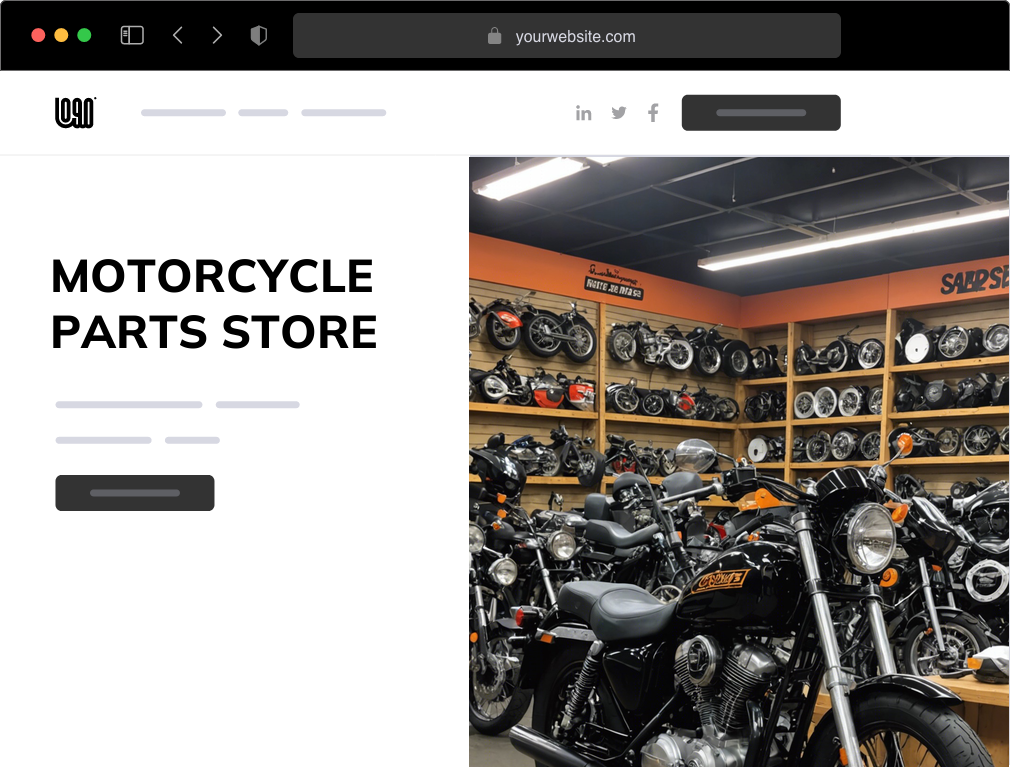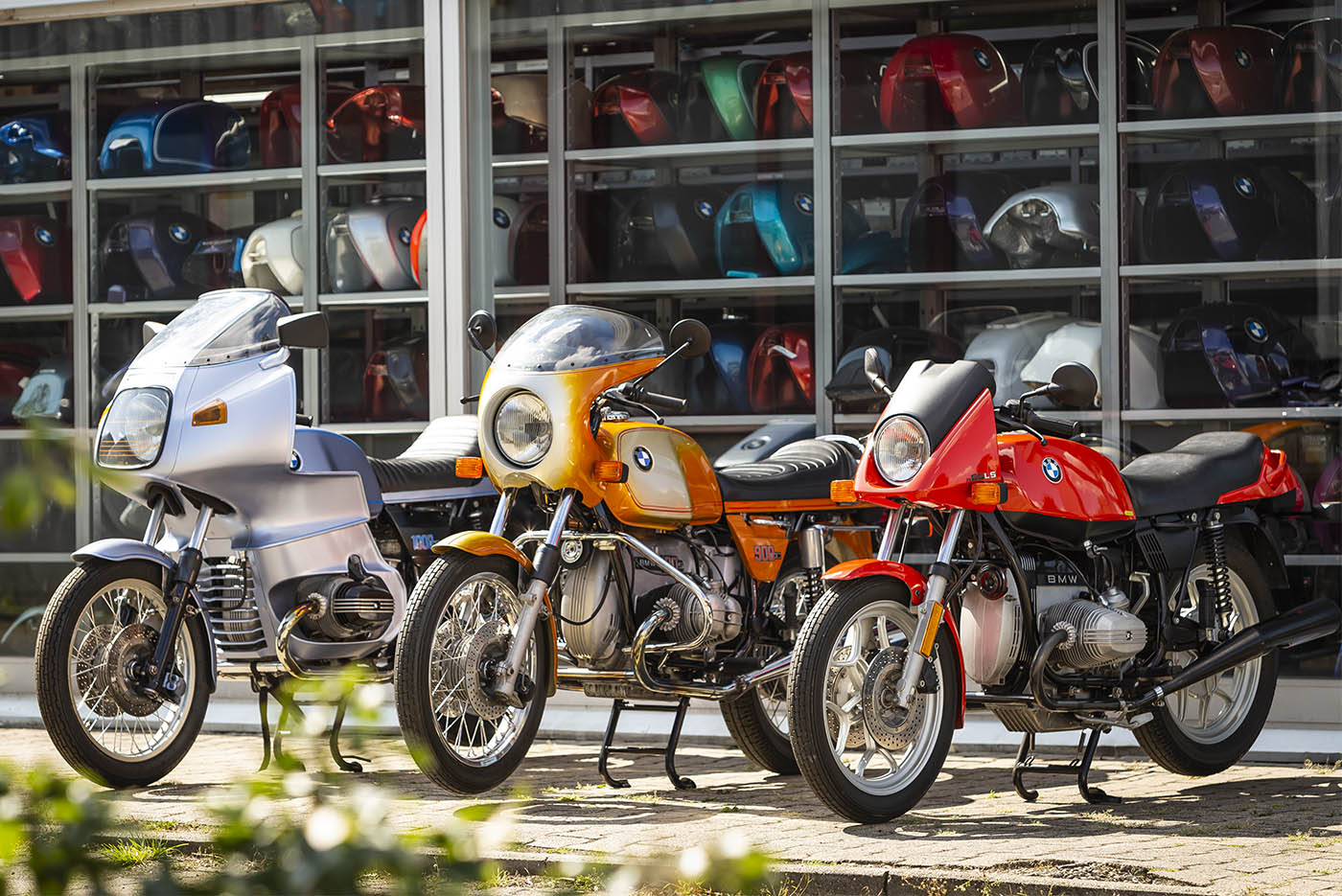Understanding the Important Parts of a Motorbike: A Comprehensive Overview for Enthusiasts
For motorcycle enthusiasts seeking to elevate their riding experience and ensure their bikes run efficiently, understanding the vital elements of a motorcycle is vital. Each element, from the engine's complex operations to the important duty of the braking mechanisms, not only affects performance however additionally safety and security and comfort. This guide will stroll with the basic components that every rider need to recognize with, making it possible for informed options in both maintenance and possible upgrades. As we start this exploration, one must ask: how does each element connect to produce the smooth experience every lover looks for?
Engine Parts

The camshaft plays an important role in managing the timing of the engine's shutoffs, making certain the accurate opening and closing essential for effective fuel and air consumption, in addition to exhaust expulsion. This timing is critical to preserving optimal engine efficiency and efficiency. Furthermore, the carburetor or gas injection system, relying on the motorcycle design, is in charge of blending air with gas in the correct proportion for burning.
The cooling system, either air or liquid-based, works to preserve the engine's temperature level within functional limitations, protecting against overheating and making sure durability - mx gear nz. Each element, meticulously developed and integrated, contributes to the seamless operation of the engine, specifying the bike's power output and total performance
Transmission System
Essential to the motorbike's performance, the transmission system guarantees efficient power transfer from the engine to the wheels. This system comprises several important parts, including the clutch, gearbox, and last drive, each playing a vital role in translating the engine's power into motion. The clutch, generally operated by a hand lever, serves to engage and disengage the engine from the transmission, enabling smooth equipment modifications and controlled acceleration.
The gearbox, usually described as the transmission appropriate, has a set of gears that riders can by hand change via to adjust the bike's rate and torque result. These equipments are set up in a series that allows the motorbike to accelerate efficiently and maintain ideal engine performance across numerous rates. The majority of motorcycles use a sequential gearbox, calling for the cyclist to change gears in an established order.
Braking Mechanisms
While recognizing the transmission system is crucial to harnessing a motorcycle's power, just as crucial is the ability to control and stop that power successfully, which is where braking devices enter into play. Brakes are important for security and performance, giving the cyclist with the necessary control to browse different surfaces and conditions. Typically, motorcycles include two sorts of stopping systems: disc brakes and drum brakes.
Disc brakes are extra common in contemporary bikes due to their exceptional efficiency. This system provides much better heat dissipation, constant efficiency, and enhanced quiting power, particularly in damp conditions.
Alternatively, drum brakes, though less common, are still found in some motorcycles. They work by pressing brake shoes versus the internal surface area of a drum connected to the wheel. While generally less efficient in warmth dissipation and stopping power, drum brakes are simpler and more cost-efficient.
Comprehending these braking systems' subtleties allows riders to preserve their motorcycles properly and appreciate the engineering that ensures effective and secure quiting.
Suspension and Steering
Suspension and guiding systems are essential elements that substantially influence a bike's handling and adventure convenience. The suspension system, including forks at the front and shock absorbers at the rear, takes in road abnormalities, improving stability and control. Front forks, inverted or normally telescopic, compress and rebound to minimize influences, while back shock absorbers keep tire call with the roadway, vital for grip and safety.
Steering, centered around the handlebars, connects the see here cyclist to the bike's directional control. The steering head bearings make certain smooth procedure, enabling accurate maneuverability. Appropriate alignment and maintenance of these bearings are crucial for foreseeable guiding action and minimizing biker fatigue.
The suspension's adjustability is an additional critical facet; preload, damping, and rebound settings allow customization to match numerous riding problems and styles. This versatility is necessary for enhancing efficiency, whether browsing urban roads or dealing with rugged routes. Technologies like digital shock absorber provide real-time modifications, enhancing adventure quality across varied terrains.

Electric Solutions
After guaranteeing a regulated and smooth ride with efficient suspension and guiding systems, interest look at this website transforms to the electrical systems, a pivotal aspect of modern-day motorbikes. These systems play a crucial duty not only in beginning the engine yet also in powering different components that boost the performance and safety and security of the motorcycle.
At the heart of a bike's electrical system is the battery, which shops electric energy required for starting the engine and powering supporting systems - motorbike shop. The generator or generator, coupled with the rectifier-regulator, makes certain the battery stays billed while the bike is in procedure, converting mechanical energy right into electric power and maintaining voltage levels
The ignition system, one more crucial part, is accountable for sparking the air-fuel mix in the engine's cyndrical tubes. Modern motorcycles typically use an electronic ignition system, supplying greater efficiency and reliability compared to conventional systems.
Lights systems, consisting of fronts lights, tail lights, and signs, are also crucial, making certain presence and safety and security for the cyclist. Added digital parts such as sensors, control systems, and shows add to sophisticated features like fuel shot management, anti-lock braking systems (ABDOMINAL), and digital control panels, better enhancing the riding experience.
Verdict
A comprehensive comprehension of page a bike's crucial components, consisting of the engine, transmission system, braking systems, suspension, steering, and electric systems, is indispensable for lovers intending to enhance security, performance, and convenience. Mastery of these aspects enables for informed choices relating to upkeep and upgrades, eventually improving the riding experience. By integrating this understanding, motorcyclists can ensure their motorcycles run at peak performance and integrity, thereby optimizing both pleasure and long life of their lorries.
For motorbike fanatics looking to elevate their riding experience and guarantee their bikes run efficiently, recognizing the essential elements of a motorcycle is paramount.Essential to the motorcycle's capability, the transmission system ensures effective power transfer from the engine to the wheels.While understanding the transmission system is vital to harnessing a motorcycle's power, equally vital is the ability to regulate and quit that power effectively, which is where stopping mechanisms come right into play. Typically, motorcycles include 2 types of braking systems: disc brakes and drum brakes.
A thorough understanding of a motorbike's important parts, consisting of the engine, transmission system, stopping devices, suspension, guiding, and electric systems, is crucial for lovers aiming to maximize performance, comfort, and safety and security.